At the end of the trading week from May 5 to May 10, the price of SJC gold bars was listed by large enterprises at 120-122 million VND/tael (buy - sell). The difference between the two buying and selling directions was 2 million VND/tael.
The starting price of the week was 117.8-119.8 million VND/tael (buy - sell). Thus, after a week of trading, the price of gold bars increased by 2.2 million VND each way. Meanwhile, the price of gold rings was listed at 114.5-117 million VND/tael (buy - sell). The difference between the two buying and selling directions was 2.5 million VND/tael. This item fluctuated with a narrower amplitude than SJC gold bars.
SJC gold bars experienced a week of ups and downs, falling at the beginning of the week and rising at the end of the week, coinciding with price movements on the international market. On the international market, the gold price closed this week at 3,323 USD/ounce. Previously, there was a time when the gold price dropped to the lowest level of the session at 3,274.38 USD/ounce.
Converted at the exchange rate excluding taxes and fees, the world gold price is equivalent to 105 million VND/tael. The difference between domestic and world prices is 17 million VND/tael.
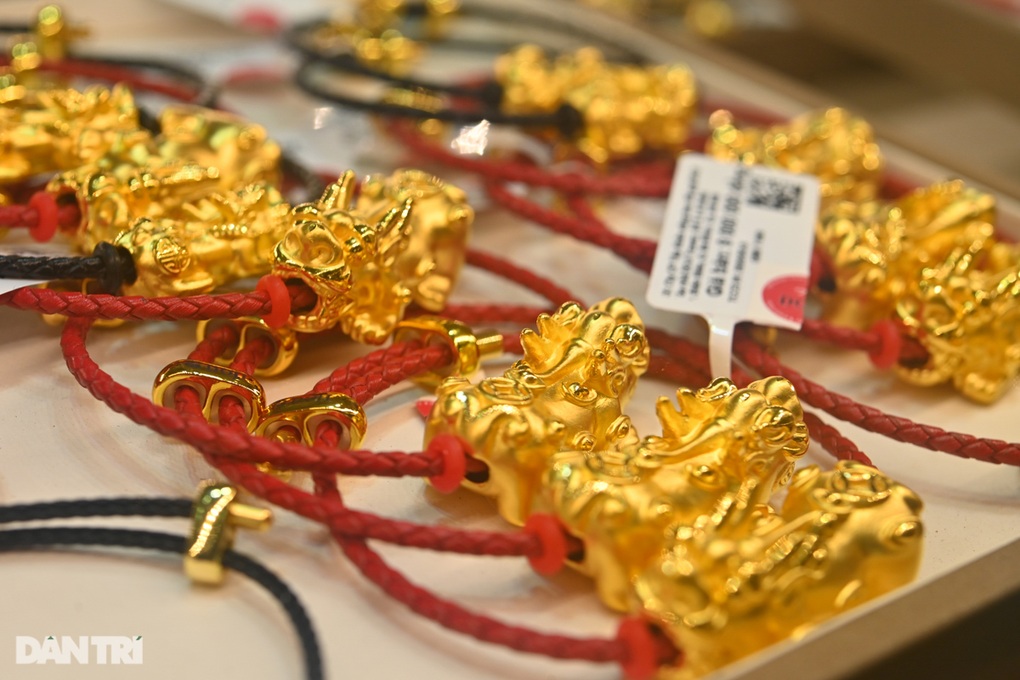
Gold prices are difficult to predict next week (Photo: Tien Tuan).
Although gold has not yet returned to the peak of $3,500 an ounce, it has recovered to close the week with a gain of 3%. According to Kitco News' weekly gold survey, the gold market is witnessing a divergence in the views of experts. The number of experts predicting gold prices to increase, decrease or stay the same is equal.
Contrary to the caution of experts, most investors still maintain an optimistic sentiment about this precious metal, especially after the recent period of strong price increases.
Of the 15 experts surveyed, 5 experts (33%) predicted that gold prices would increase; 5 experts (33%) said that gold prices would continue to decrease next week; 5 experts (33%) predicted that gold prices would remain stable next week.
An online poll of 267 investors showed that 144 investors (54%) expected prices to rise; 77 investors (29%) predicted prices would fall; 46 investors (17%) said prices would remain flat next week.
Colin Cieszynski, chief market strategist at SIA Wealth Management, said the gold rally was supported by a weaker US dollar. "The latest US-UK trade deal and the Fed decision have not had a significant impact on the market. It would take a really big factor to reverse the current trend," he said.
James Stanley, senior strategist at online trading firm Forex.com, noted that resistance at $3,500 an ounce is weighing on gold, but buying has remained around the $3,200-$3,300 an ounce range for the past two weeks. "I don't think buyers are out of the woods yet," he said.
From a risk hedging perspective, Mark Leibovit, an expert at metals specialist VR Metals, advises long-term investors to continue holding gold and use gold ETFs to protect their portfolios.
Meanwhile, Adrian Day, chairman of Adrian Day Asset Management, said gold could come under pressure if US economic signals turn more positive. "Optimism about easing tariff tensions, especially between China and the US, along with concerns about a US recession, are creating two opposing forces for gold," he commented.
According to Daniel Pavilonis, senior broker at investment manager RJO Futures, the recent sharp fluctuations in gold prices, from reaching $3,500, then falling to $3,200, then rising to $3,400 and continuing to adjust to $3,300/ounce, are all related to China.
"Gold has been volatile since US President Donald Trump signaled a reduction in tariffs on China. I think the market is pricing in the possibility that the relationship between the two countries will improve," he said.
Mr. Pavilonis said that if the negotiations between the US and China in Switzerland yield results, gold could be sold. However, he still believes that gold is supported by defensive sentiment in the face of prolonged uncertainty.
In addition to the China factor, the Fed's monetary policy is also an important factor. Mr. Pavilonis said that Fed Chairman Jerome Powell is in a "disadvantaged position." "If the Fed Chairman cuts rates, it may be for political reasons or the economy needs some support. Conversely, if the Fed raises rates, it may signal unwarranted concerns about inflation," he said.
Factors such as inflation, Fed policy and trade negotiations will continue to influence gold prices, Mr. Pavilonis concluded, in a context where the market is unlikely to stabilize "overnight".
Marc Chandler, CEO at Bannockburn Global Forex, noted that gold was under corrective pressure in the second half of the week, but the supportive factors from the conflict between India and Pakistan and the continued buying of gold by the People's Bank of China remained bright spots.
However, a stronger US dollar and tighter interest rates are hampering the recovery, he said, predicting gold will trade in a range of $3,200-$3,400 an ounce.
On the contrary, Jim Wyckoff, senior analyst at Kitco, commented: "Next week, gold prices are likely to move sideways in a wide range as the market awaits clearer directional signals from the global macro economy and trade policy."
Source: https://dantri.com.vn/kinh-doanh/du-bao-ve-vang-sau-tuan-tang-gia-20250510214319199.htm


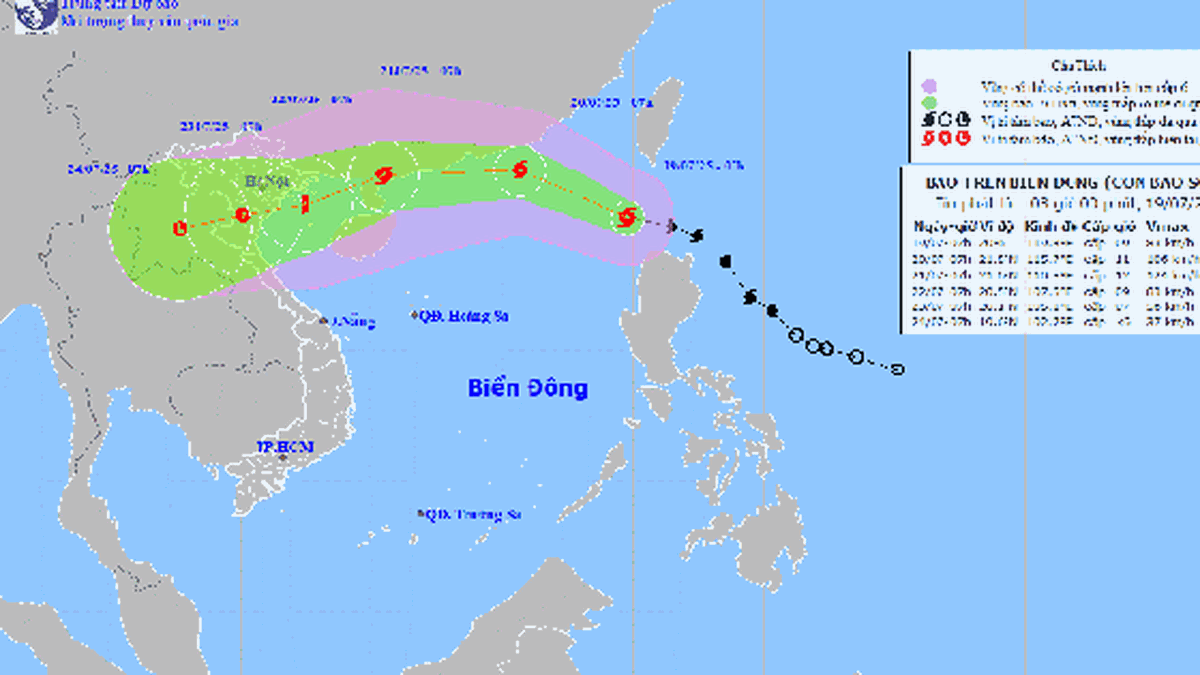






















![[Photo] National Assembly Chairman Tran Thanh Man visits Vietnamese Heroic Mother Ta Thi Tran](https://vphoto.vietnam.vn/thumb/1200x675/vietnam/resource/IMAGE/2025/7/20/765c0bd057dd44ad83ab89fe0255b783)





































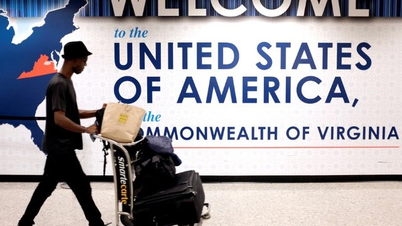


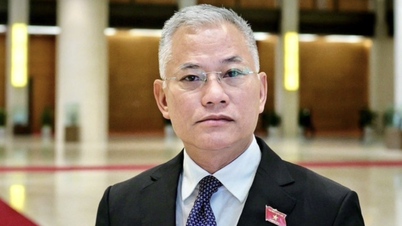

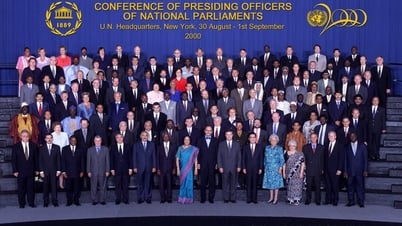





























Comment (0)